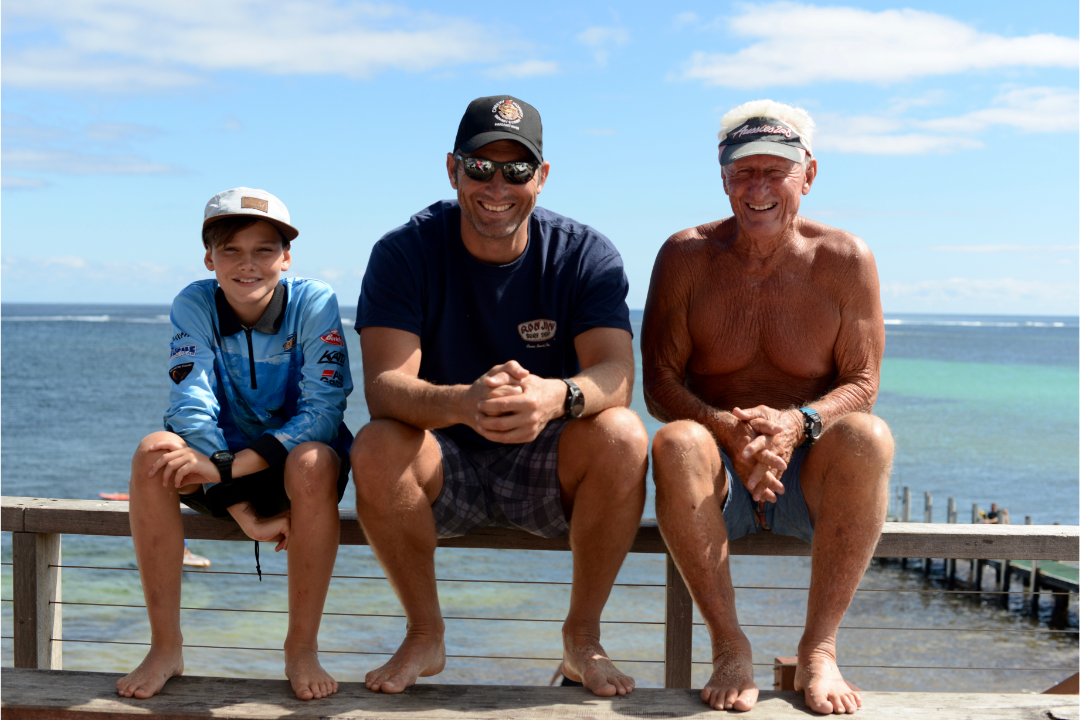As business owners, we all know how important it is to have access to cash when you really need it. Are you thinking about taking a policy loan from your life insurance policy to help grow and expand your business?
Access to capital is the lifeblood of any business. Your business cannot continue to operate, and it certainly cannot grow without access to capital. But many times because cash flow is cyclical, we run into situations where our cash flow is not flowing in as quickly or on a timely basis as we need it. And there are the opportunities that you have that you may not even be considering where you can borrow against the cash value of your life insurance to keep your business going or to help your business to continue to grow.
Traditional means of financing require that you ask for permission by applying and ultimately qualifying on the bank’s terms to obtain access to their capital. But the reason life insurance loans are more preferred is because you are not applying and qualifying. You are literally giving an order.
The loan provision that exists in your policy is a contractual obligation, the insurance company has to honor your request for the loan. You’re not asking permission. You are literally giving an order. And that is not a small distinction. That’s why our business owner clients love borrowing against their life insurance. They are not qualifying. It doesn’t matter what their credit score is, It doesn’t matter how much money they have in the bank. It doesn’t matter what their cash flow is. The insurance company, when you call them up, they say, “Yes, sir. Where do you want us to send the money?”
So with these life insurance policy loans, they’re unstructured loans. So it’s suggested that you pay at least the interest back every year, because if you don’t, it will tack on to the balance of your loan. But other than that, you’re not required to make payments back to this policy loan. You get to determine the terms of these loans.
And that, again, is a key distinction. You’re in control of the whole process. You determine if or when you pay back the loan if or when you pay the interest. What that means is you can literally fit the payment back to the insurance company, into your cash flow. You can do it on your terms, whatever makes it best for you.
We’ve had a lot of clients who start paying back their policy loans and then they stop because cash flow got bad. They literally stop paying back their loans until a time in the future when their situation or the economic environment changed.
So you may be wondering, how does this the logistically work with the life insurance policy, the individual and the business entity? And the way we help our clients structure this is by first obtaining a policy loan to the individual as the policy owner. And then the individual is able to loan their business the money and the business repays the individual.
One of the key things that jumps out to a lot of our clients is the fact that they are completely in control of this entire process from the beginning till the end, and that is the power of utilizing the cash value in your life insurance to loan money to your business.
It’s our mission to help as many business owners as possible to make the best financial decisions possible. And a simple way to do that is to be in control of your financial process. So how could we help you make your money more efficient and put you in the most control of your cash flow?
Whether you have existing insurance policy is or you’re looking to get some put in place to achieve these financial goals or other financial goals like business succession, business continuation, deferred compensation, or other business financial goals, check out our website at Tier1Capital.com. We’d be happy to help you get started with our process.
Feel free to schedule your free strategy session today or check out our webinar to see exactly how we put this process to work for our clients, The Four Steps to Financial Freedom.
And remember, it’s not how much money you make. It’s how much money you keep that really matters.










